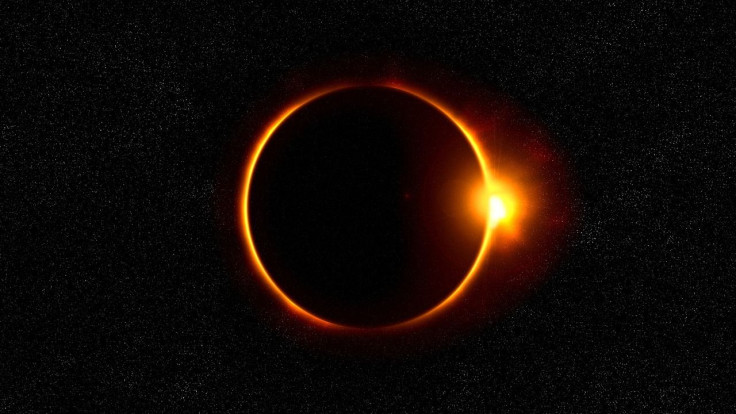Social Media, Blindness Fears Kept Students In Classroom During Eclipse

Monday’s total solar eclipse that crossed the entirety of the continental United States was remarkable and an event the country had not seen in decades. The next one won’t occur until 2024 when the path of totality will travel from Texas up to Maine.
The eclipse this year was watched by millions across the country either in person or via one of the many live streams that were available online. Thanks to the live streams and social media it’s possible that it was the most-watched eclipse in human history.
On Facebook alone, more than 66 million people had 240 million interactions with eclipse-related content and NASA’s live stream of the event has more than 30 million views, according to Facebook data. This made the eclipse a larger event on Facebook than the 2017 Super Bowl.
Today, we witnessed #SolarEclipse2017 & viewers around the U.S. were treated to a wealth of images. See highlights: https://t.co/eleJTKygm8 pic.twitter.com/ezWoYcqFYh
— NASA (@NASA) August 21, 2017
One of the 129,000 people live streaming the eclipse on Facebook was Doug Peltz, an eclipse enthusiast and the co-founder of Mystery Science, a company that provides science lesson plans for elementary school educators. Peltz was in the path of totality Monday providing a stream for those in the classroom and Mystery Science had also worked to provide schools with glasses, he told International Business Times.
Buzz around the eclipse began months before the two minute-or-so long event and carried on even after the eclipse had completed. Part of the reason behind this is that for the first time a total solar eclipse occurred in the United States during a time when social media, smartphones and the internet were all available and widely used.
But the popularity and the talk around the eclipse had one surprising outcome. Many kids didn’t get to fully experience the eclipse in all of its glory because some school districts required that students stay inside during the event due to safety concerns. “If you have kids that are very young, perhaps kindergarten, I can sympathize with the fact that they might stare at the sun,” Peltz said, “When you’re talking about third, fourth, fifth grade frankly it's absurd.”
Mystery Science is in touch with teachers all across the country and Peltz said quite a few teachers contacted the company to say that their students would not be allowed outside. “It was a problem fairly widespread,” said Peltz. “Dozens of teachers say this, where they had to stay in.”
All students at Bowman will remain inside during the eclipse tomorrow & will experience it within the safety of our classrooms.
— Sheri McHenry (@sherimchenry) August 21, 2017
The thing is, there’s nothing necessarily more dangerous about the eclipse than there is about going outside on any given day. The only difference is the reason to look at the sun. Staring directly at the sun can cause eye damage but this can be averted by using a pinhole projector, a viewer or eclipse glasses. Peltz thinks keeping kids inside during the eclipse for their safety might have been short sighted because while it averts the possible harm from the sun, this risk is averted “Without seeing the harm that’s done of keeping them inside.”
Peltz believes the accessibility of this eclipse will probably make the next one highly viewed as well. “Someone can tell you ‘oh it’s incredible you have to see it,’ and then you see it and it was really a magical moment,” he said.
So keeping students inside for that can do more damage than those trying to protect them might have thought. He says now, Mystery Science has seven years to “get the word out” to school principals and administrators about the eclipse and how students could safely view it. “By getting a child just experience this [eclipse], 40 or 50 years from now that person could change our society. All because they were set on this path because of the experience,” he said.
After the eclipse Monday, Google searchers spiked for “eyes feel funny” as well as “eyes hurt” and “solar eclipse headache.” These concerns could have come from people squinting through their glasses, not hydrating and standing in the sun waiting for the eclipse, or any other host of explanations, including people like President Donald Trump who took a look at the sun without protective eyewear.
In the end though, proper education about how to properly view the eclipse will be key for the next one. If it’s as popular as Monday’s it will draw millions, and maybe with the right education even more people, including kids in school, will get to view the eclipse.
© Copyright IBTimes 2024. All rights reserved.





















